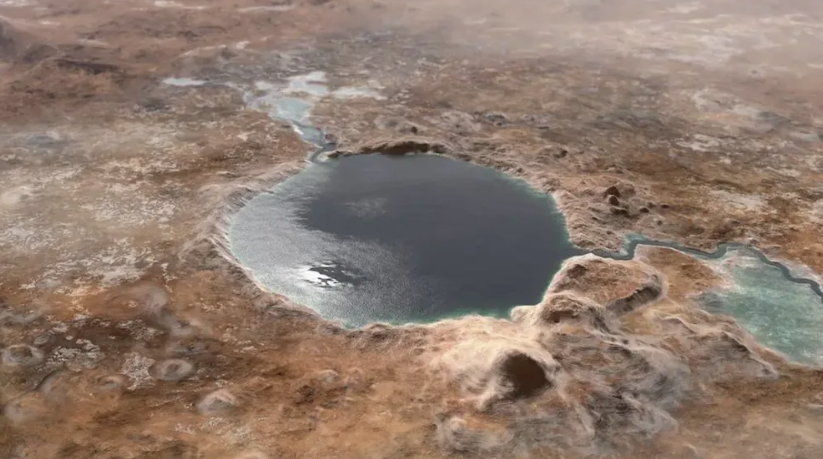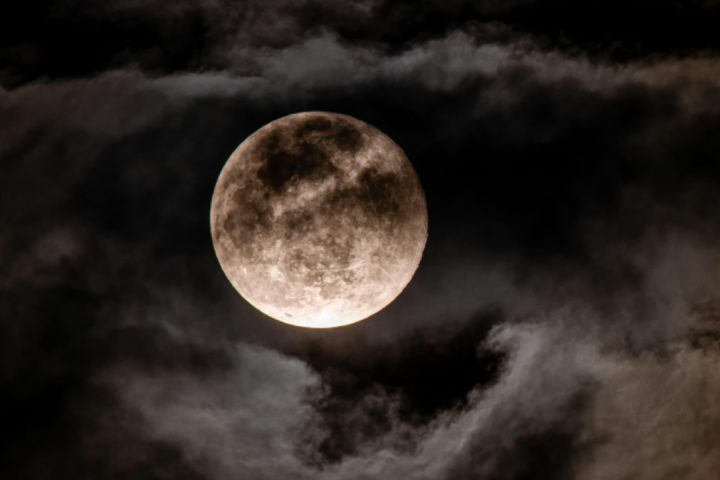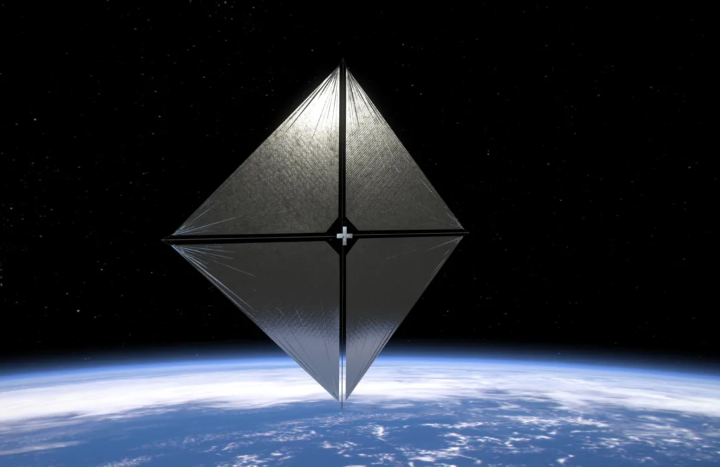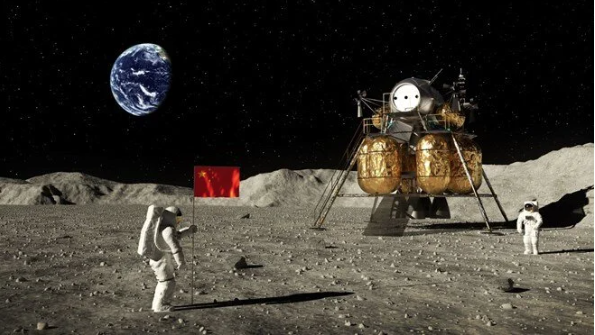It is now certain that Mars was filled with water at some time in the past. Aerial images of Jezero Crater on the Red Planet prove the existence of rivers and a large lake. About 3 billion years ago, most of the planet is thought to have been covered by a giant ocean. At that time, the Red Planet was not so red, but rather blue.
But one important question remains a mystery: How much water was there on Mars?
According to a new study, planetary scientists can predict a possible amount. With this amount, the water content on Mars could almost rival that of the ocean-covered Earth.
“We think there’s a lot of water on Mars,” says Bruce Jakosky, a planetary geologist at the University of Colorado and co-author of the new study.
To find an answer, researchers had to focus on another question: Where did all that water go? They estimated how much of the planet’s water went into space, how much was collected in Martian rocks and minerals, how much accumulated at the poles, how much was buried as ice, and how much seeped into the Martian crust.
“We think there’s a lot of water on Mars.”
The water lost into space is thought to be quite large. The atmosphere protecting the surface of Mars must have been rapidly lost to radiation from the Sun. Eventually, the thick atmosphere thinned completely and most of the water is thought to have escaped into space. Thus, without this protective layer, the planet is predicted to have dried up.
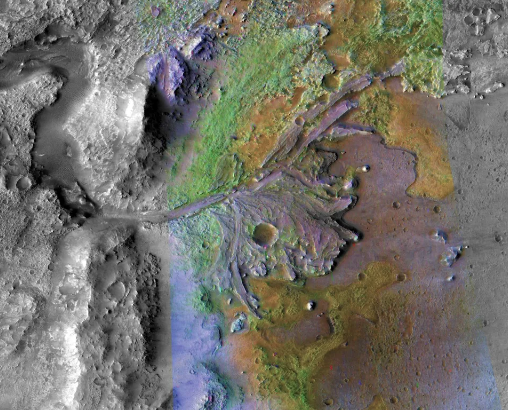
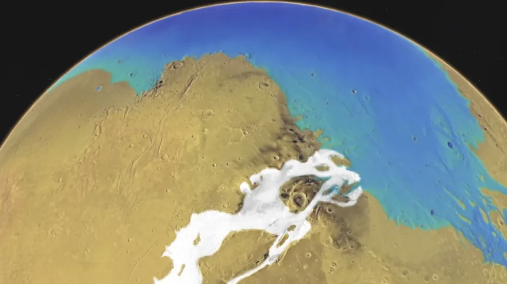
Today, Mars is 1,000 times drier than even the driest desert on Earth.
Researchers have concluded that Mars has lost between 380 and 1970 meters of water in total, according to the “global equivalent layer” measurement, which is obtained by evenly distributing the lost water over the surface. A big unknown is how much water fills the gaps in the Martian crust. Perhaps as much as 1,000 meters could be filling these gaps.
To understand how much water Mars once had, we can use our own planet as a reference. If we took the Earth and all the water in the Earth’s crust and proportioned it to the size and mass of Mars, this spherical layer of water would cover the surface of Mars at a height of 1400 meters.
In short, Mars is thought to hold almost as much water as Earth. It is unlikely that the calculated water was also on the surface of Mars at the same time, but Jakosky says, “At some point in Mars’ past, this water must have been on the surface.”
“That much water would make Mars habitable.”
Still, this evidence of lost water sources, combined with a Martian landscape full of dried-up pits and evidence of past rivers and lakes, suggests that Mars was overflowing with water in its early history. There is no evidence to date that microbial life ever existed on Mars, but it is possible that all that water probably created a favorable environment for primitive organisms to evolve.
Jakosky backs this up with these words: “Water is a necessary ingredient for life to exist. This much water would make Mars habitable.”
Mars missions, such as NASA’s Perseverance rover, continue to search for traces of life that may have existed in the past on this remote desert world.

